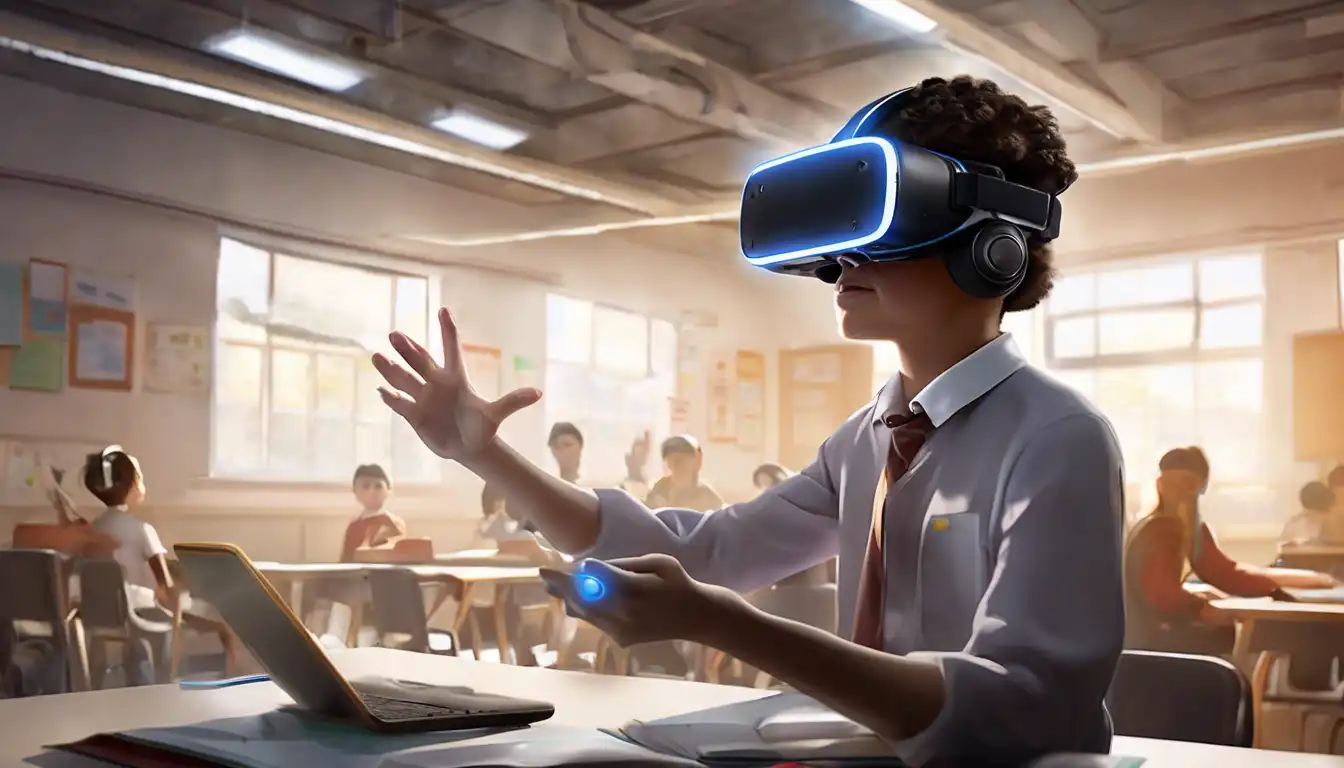The Transformative Impact of Virtual Reality on Learning and Development
Virtual Reality (VR) technology has emerged as a groundbreaking tool in the realm of education and training, offering immersive experiences that were once beyond our imagination. By simulating real-world environments, VR provides learners with a unique opportunity to explore, interact, and engage with content in a deeply personal way. This article delves into the potential of VR in revolutionizing educational methodologies and training programs across various sectors.
Why VR in Education and Training?
The integration of VR into education and training programs addresses several challenges faced by traditional learning environments. It offers an interactive platform that enhances engagement, improves retention rates, and facilitates hands-on learning without the physical constraints of the real world. From medical students performing virtual surgeries to history students exploring ancient civilizations, VR opens up a world of possibilities.
Key Benefits of VR in Learning
- Enhanced Engagement: VR's immersive nature captures learners' attention like never before, making learning more engaging and enjoyable.
- Safe Learning Environment: It provides a risk-free setting for practicing high-stakes tasks, such as surgical procedures or machinery operation.
- Accessibility: VR breaks geographical barriers, allowing learners from anywhere in the world to access quality education and training.
- Customizable Learning Experiences: Educators can tailor VR content to meet the specific needs and learning paces of individual students.
Applications of VR in Various Fields
The versatility of VR technology allows its application across a wide range of disciplines. In the medical field, VR simulations are used for surgical training and patient therapy. In engineering, students can interact with 3D models of machinery to understand complex concepts. The corporate sector leverages VR for employee training, especially in high-risk industries like oil and gas. Furthermore, VR is transforming the way we approach language learning, offering immersive environments where learners can practice with native speakers.
Challenges and Future Directions
Despite its potential, the widespread adoption of VR in education and training faces hurdles such as high costs, technical limitations, and the need for specialized content development. However, as technology advances and becomes more affordable, these challenges are expected to diminish. The future of VR in education and training looks promising, with ongoing research focusing on enhancing interactivity, realism, and accessibility.
In conclusion, VR holds the key to unlocking innovative learning and training methodologies that can cater to the diverse needs of learners worldwide. By embracing this technology, educators and trainers can provide experiences that are not only educational but truly transformative. For more insights into the latest trends in educational technology, explore our technology trends section.
